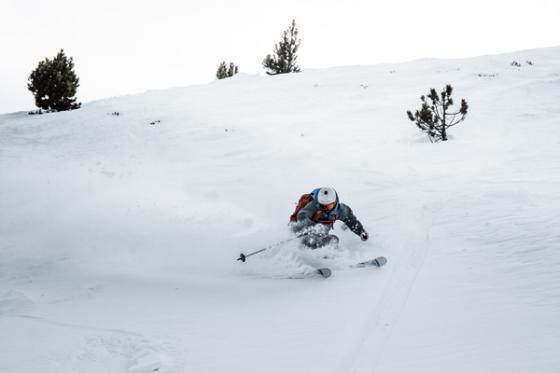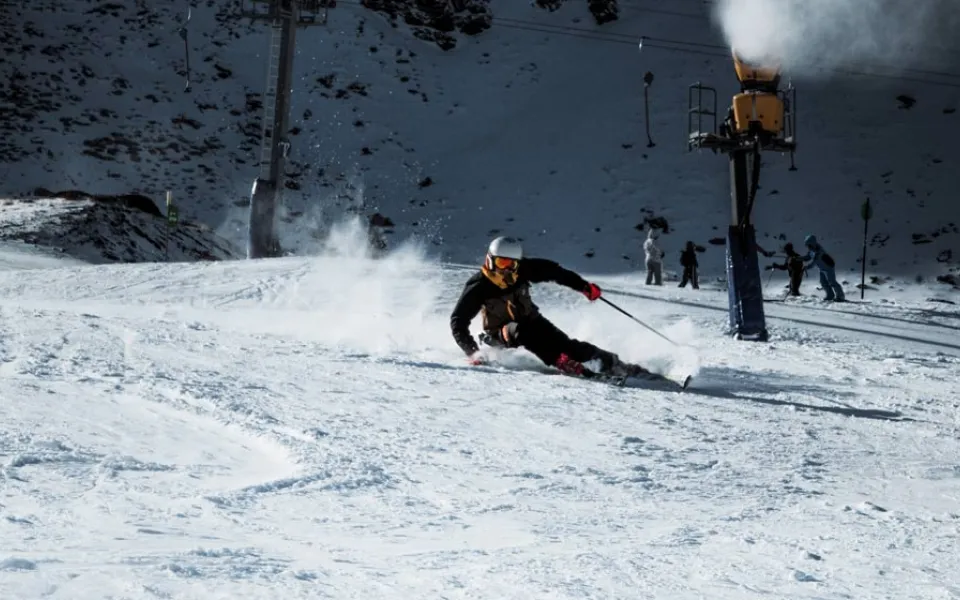 how-to-parallel-ski
how-to-parallel-ski
There are so many stages and levels when you learn to ski, with the process all about constant evolution. Once you’ve mastered the basics of skiing, one of the next skills to learn is how to parallel ski. Why is this important? Well, once you learn how to parallel ski, you’ll be able to navigate the slopes in a smoother manner and expend less energy too. It will take some time to master this art, but let’s get started here with some parallel ski tips for beginners.
What are parallel turns in skiing?
First things first, what exactly are parallel ski turns? Well, as the name suggests, parallel skiing is when you maintain the skis in a parallel position to one another, even when you make a turn. When you first learn how to ski, most beginners just focus on how to stay upright and how to turn using any movement at all to achieve this. But, as you become more experienced, you will want to learn how to glide and turn while keeping your skis straight, as this offers so much more control.
How to ski in parallel: Tips
With the definition understood, let’s move on to a few how to parallel turn ski tips. The number one tip is to perfect the stance required for how to ski in parallel. The optimal stance is to have your knees slightly bent, your arms slightly bent and your torso facing downhill. In this stance, you should ensure your skis are in a parallel position and about hip-distance apart.
Then, the other key tip is to find a very gentle slope to practice on. You’ll want to slowly move down this slope and practice turning while keeping the skis in that parallel position. To initiate the turn, you need to shift your body weight to one side, to the leg that’s on the outside of the turn you’re trying to make. As you turn, and your outside leg becomes the inside leg, move your body weight back to the other side. Getting this balancing act right might sound tricky at first, but by practicing on a gentle slope you can try and try again until you succeed.
How do you transition from snowplow to parallel skiing?
The hardest part of how to parallel ski for beginners is usually the fact that beginners have only just mastered the snowplow, which is when you use a V-stance to turn and stop. With parallel skiing, it’s quite different.
However, one gradual way to start to learn how to parallel ski is to keep using the snowplow but to shrink the angle of the V-shape that your skis form. If you keep inching from a V-shape to a parallel shape with each run, you’ll eventually get to the point of knowing how to ski in parallel.
How many weeks to parallel ski?
So, how long does it take to learn how to parallel ski? Well, this very much depends, both on the skier in question and on how intense the skiing lessons are. If, for example, you’re on a skiing holiday in Andorra and you’re spending several hours per day skiing, how to parallel turn should be something you can learn in little over a week. If, on the other hand, you’re taking skiing lessons only every now and then, it can take a little longer to master the art of parallel skiing since each time it’ll take a while to get back up and running and feeling comfortable. Because the key to parallel ski turns is feeling comfortable in your body and on the skis.
How do you teach parallel ski turns to kids?
Children can also make the transition to parallel ski turns, assuming they’ve mastered the basics first. As for some parallel ski tips for training kids, the slogan of “fries, not pizza” is one to keep in mind. The meaning here is that you should aim for two straight skis, like fries, rather than a V-shaped snowplow, like pizza.
Of course, for kids and for adults, enrolling in private ski classes in Andorra is always going to be the optimal and quickest way to learn all these parallel ski tips. And, you can have a lot of fun along the way as you learn from some of the most qualified and experienced instructors in Europe.
